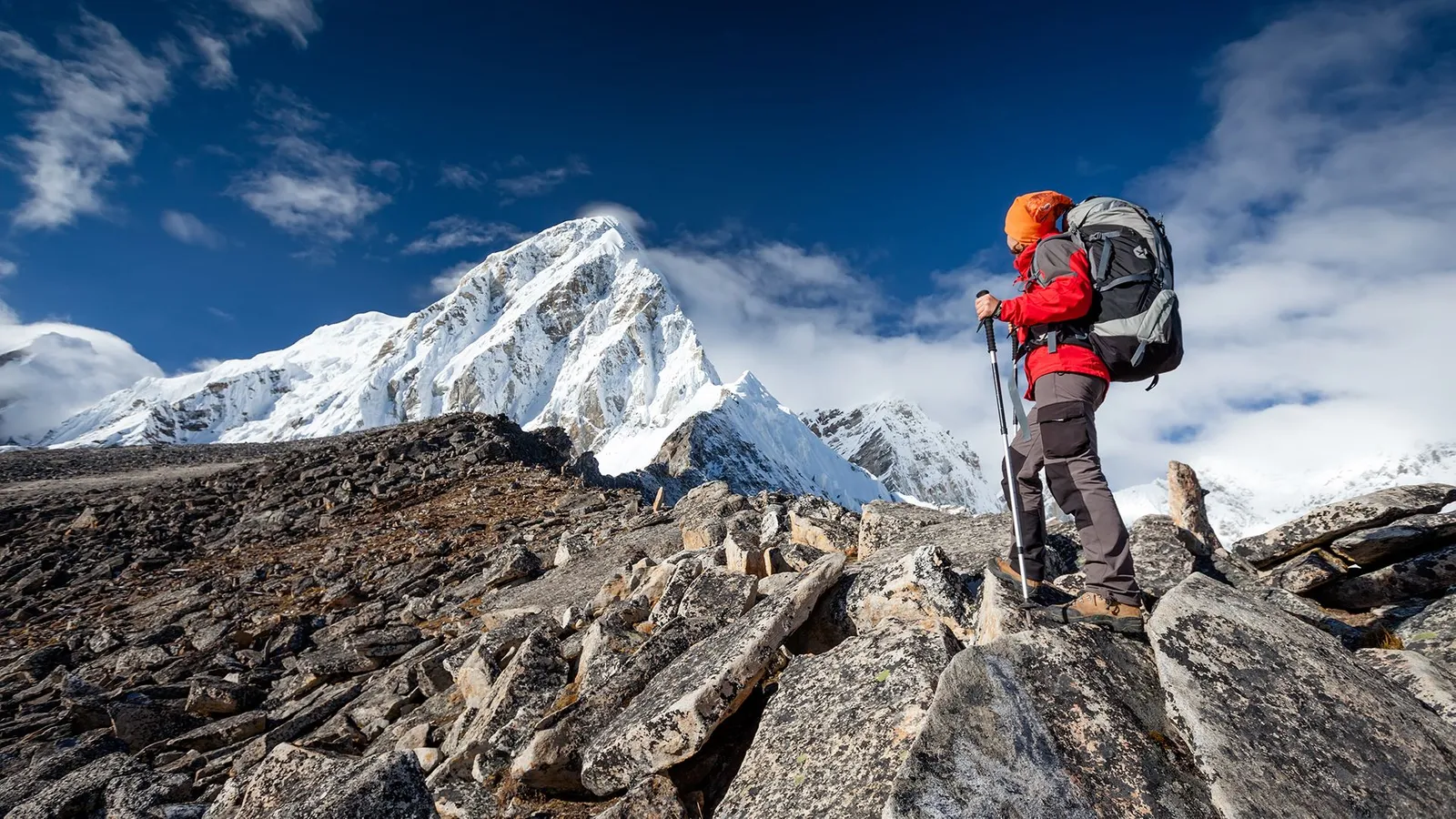Scaling Mount Everest isn’t merely a trek or a climb; it’s a profound odyssey that requires meticulous planning, unwavering physical endurance, immense mental resilience, and a generous measure of patience. Climbers from all over the world dream of standing on the roof of the world, but how long does it take to turn that dream into reality? Let’s delve into the details of this epic adventure and understand the timeline of climbing Mount Everest.
Pre-Climb Preparations: The Foundation of Success
Training and Physical Preparation
Before even setting foot on Everest, climbers need to undergo extensive training. This can take anywhere from six months to several years, depending on an individual’s fitness level and experience. Training typically includes cardiovascular exercises, strength training, altitude acclimatization hikes, and technical climbing skills.
Acquiring Permits and Logistics
Securing the necessary permits is a crucial step in the journey. The permit process can take several weeks to months, involving application submissions, health checks, and securing a spot with a reputable expedition company. Additionally, climbers must organize gear, arrange travel to Nepal, and ensure they have all necessary vaccinations and insurance.
The Journey to Base Camp
Arrival in Kathmandu
The adventure begins in Kathmandu, Nepal’s bustling capital. Climbers spend a few days here finalizing preparations, meeting their expedition team, and conducting gear checks. This initial phase usually lasts 2-3 days.
Trek to Everest Base Camp
The trek to Everest Base Camp is a journey in itself, taking about 8-12 days. Starting from Lukla, trekkers make their way through the beautiful Khumbu Valley, passing through villages like Namche Bazaar and Tengboche. This trek not only offers stunning views but also helps climbers acclimatize to the altitude.
Acclimatization at Base Camp
Setting Up Base Camp
Once at Everest Base Camp (5,364 meters or 17,598 feet), climbers spend several days setting up camp and getting accustomed to the high altitude. Base Camp serves as the main staging area for the climb, and establishing a comfortable, well-equipped camp is essential.
Acclimatization Rotations
Acclimatization is a critical part of the climb. Climbers undertake a series of rotations, moving up to higher camps and then returning to Base Camp to rest. These rotations help their bodies adjust to the thinning air and can take about 3-4 weeks.
The Climb: Camp by Camp
Base Camp to Camp 1
The journey from Base Camp to Camp 1 (6,065 meters or 19,900 feet) typically takes 5-7 hours. Climbers navigate the treacherous Khumbu Icefall, a maze of crevasses and towering ice seracs. This section is considered one of the most dangerous parts of the climb.
Camp 1 to Camp 2
From Camp 1, climbers make their way to Camp 2 (6,400 meters or 21,000 feet). This leg of the journey takes about 4-6 hours and follows the Western Cwm, a flat glacial valley that is relatively easier to traverse but still poses challenges due to altitude.
Camp 2 to Camp 3
The next stage is from Camp 2 to Camp 3 (7,200 meters or 23,600 feet), which takes around 4-7 hours. Climbers ascend the Lhotse Face, a steep, icy slope that requires fixed ropes for safe passage. This is where the effects of high altitude become increasingly apparent.
Camp 3 to Camp 4
From Camp 3, climbers proceed to Camp 4 (7,950 meters or 26,085 feet), also known as the South Col. This segment takes 6-10 hours and is grueling due to the steep climb and the extremely thin air. Camp 4 is the final camp before the summit push.
The Summit Push: The Final Ascent
Preparing for the Summit
Climbers spend a day or two at Camp 4 resting and preparing for the summit bid. This involves meticulous planning, checking weather forecasts, and ensuring all gear is ready for the final ascent.
The Climb to the Summit
The push to the summit (8,848 meters or 29,029 feet) begins around midnight. Climbers aim to reach the summit in the early morning hours to take advantage of the best weather conditions. This leg of the climb takes 8-12 hours, and the return to Camp 4 takes another 4-8 hours. The climb is extremely challenging, with sections like the Hillary Step testing even the most experienced climbers.
Descent: The Journey Back Down
Returning to Base Camp
After summiting, climbers descend back to Base Camp, which takes 2-3 days. The descent is faster but still requires caution, especially through the Khumbu Icefall.
Debriefing and Celebration in Kathmandu
Once back at Base Camp, climbers typically spend a day or two packing up and celebrating their achievement. They then trek back to Lukla and fly to Kathmandu for a final debriefing and celebration. This phase takes an additional 3-5 days.
Total Timeframe for Climbing Mount Everest
Breaking Down the Timeline
- Training and Preparation: 6 months to several years
- Permits and Logistics: Several weeks to months
- Kathmandu Preparations: 2-3 days
- Trek to Base Camp: 8-12 days
- Acclimatization and Rotations: 3-4 weeks
- Climb from Base Camp to Summit: 6-8 weeks
- Descent and Return to Kathmandu: 5-7 days
Overall Duration
In total, the climb from the initial preparations to the summit and back takes about 2-3 months. This timeline can vary based on weather conditions, individual fitness, and acclimatization progress.
Challenges and Considerations
Weather and Timing
Weather is one of the most significant factors affecting the climb. The best time to climb Everest is during the pre-monsoon season (April-May) or post-monsoon season (September-October). Even during these windows, climbers must be prepared for sudden weather changes.
Health and Safety
Climbing Everest poses numerous health risks, including altitude sickness, frostbite, and exhaustion. Proper acclimatization, hydration, nutrition, and listening to your body are crucial for a successful climb.
Mental Toughness
The mental aspect of climbing Everest is as important as the physical. The isolation, harsh conditions, and constant exertion test climbers’ mental resilience. Staying positive, focused, and determined is essential.
The Cost of Climbing Everest
Financial Investment
Climbing Everest is a significant financial commitment. Costs can range from $30,000 to $100,000 or more, covering permits, gear, travel, guides, and support services for How Long Does It Take to Climb Mount Everest.
Choosing the Right Expedition Company
Selecting a reputable expedition company is crucial. Look for companies with experienced guides, good safety records, and positive reviews from past climbers for How Long Does It Take to Climb Mount Everest.
Conclusion
Climbing Mount Everest is a monumental achievement that requires careful planning, rigorous training, and unwavering determination. The journey from the initial preparations to standing on the summit and returning safely is a test of both physical and mental endurance. On average, climbers can expect the entire process to take around 2-3 months, but the memories and sense of accomplishment will last a lifetime of How Long Does It Take to Climb Mount Everest.







